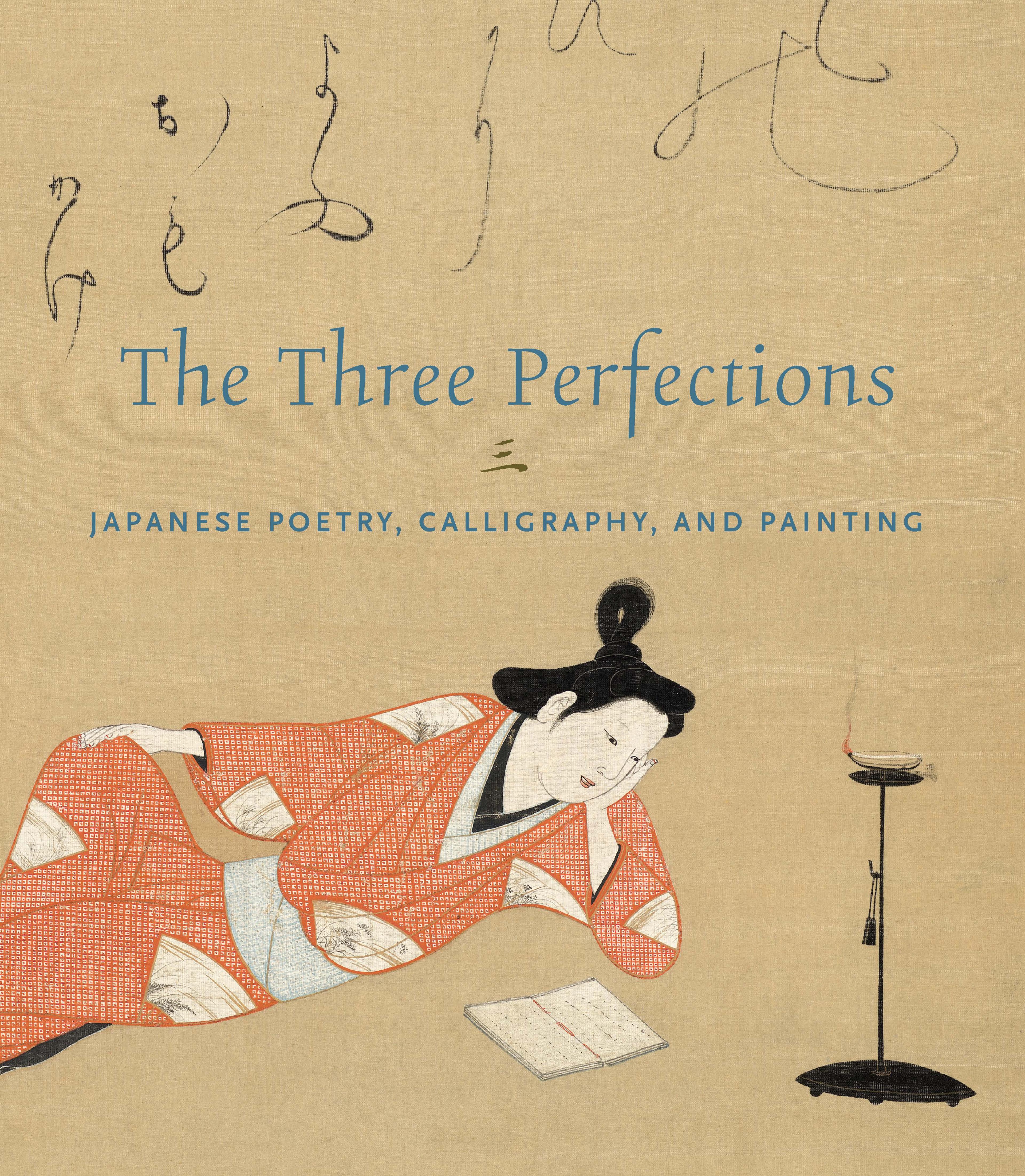Zen Koan on Cypress Trees
Jiun Onkō’s gestural calligraphy exploits, to great effect, the flying-white technique, which involves using a brush with splayed bristles. The short, cryptic phrase transcribed here is the response given by the Chinese Chan monk Zhaozhou Congshen (Jōshū Jūshin, 778–897) to a koan—a riddle-like question posed by a master to trigger spiritual enlightenment in his disciples. When asked, “What is the meaning of the Patriarch [Bodhidharma] coming from the west?,”
趙州云「庭前栢樹子」
Zhaozhou replied:
“The cypress trees in the front garden.”
Jiun Onkō, a Shingon Esoteric Buddhist monk distinguished for his extensive engagement with religious traditions beyond his own sect, including Zen Buddhism, often drew upon this koan as a recurring motif in his poetry.
趙州云「庭前栢樹子」
Zhaozhou replied:
“The cypress trees in the front garden.”
Jiun Onkō, a Shingon Esoteric Buddhist monk distinguished for his extensive engagement with religious traditions beyond his own sect, including Zen Buddhism, often drew upon this koan as a recurring motif in his poetry.
Artwork Details
- 慈雲飲光筆 公案「庭前栢樹子」
- Title:Zen Koan on Cypress Trees
- Artist:Jiun Onkō (Japanese, 1718–1804)
- Period:Edo period (1615–1868)
- Date:late 18th century
- Culture:Japan
- Medium:Hanging scroll; ink on paper
- Dimensions:Image: 45 1/8 × 21 3/4 in. (114.6 × 55.2 cm)
Overall with mounting: 78 3/8 × 22 5/8 in. (199.1 × 57.5 cm)
Overall with knobs: 78 3/8 × 25 in. (199.1 × 63.5 cm) - Classification:Calligraphy
- Credit Line:Mary and Cheney Cowles Collection, Gift of Mary and Cheney Cowles, 2023
- Object Number:2023.583.20
- Curatorial Department: Asian Art
More Artwork
Research Resources
The Met provides unparalleled resources for research and welcomes an international community of students and scholars. The Met's Open Access API is where creators and researchers can connect to the The Met collection. Open Access data and public domain images are available for unrestricted commercial and noncommercial use without permission or fee.
To request images under copyright and other restrictions, please use this Image Request form.
Feedback
We continue to research and examine historical and cultural context for objects in The Met collection. If you have comments or questions about this object record, please contact us using the form below. The Museum looks forward to receiving your comments.
